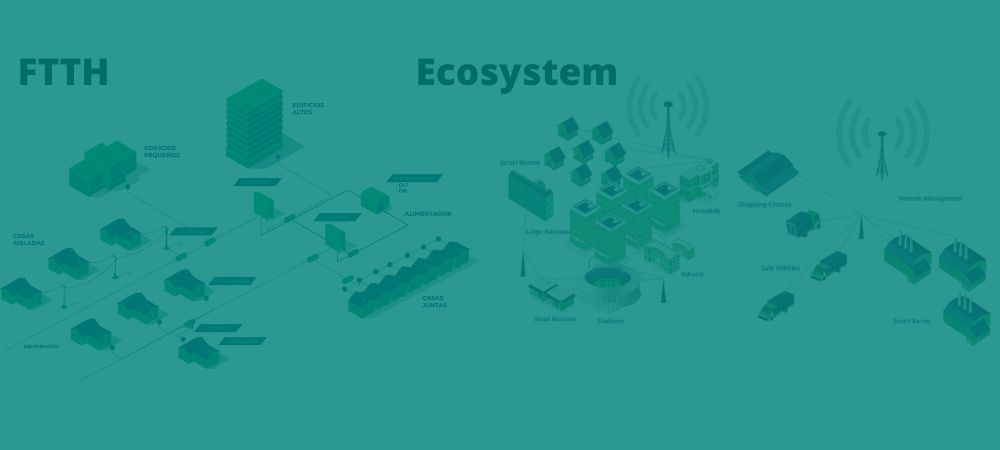By: Manuela Ramírez and Abril Mejías
Support Services America at GSB
Have you ever thought what would happen if all possible character combinations were used for car license plates? Well, let’s say that on the Internet that has already happened. We refer to IP(Internet Protocol) addresses, which are a logical or virtual number used to identify us when we are connected through the network, registering our activity on it.
Since the beginning of the Internet in the 1980’s, the United States Department of Defense had implemented IPv4 (Internet Protocol Version 4), which uses 32-bit addresses, giving a total of 4,294,967,296 possible unique combinations. Of these, 3,706,585,088 remained as public addresses, traceable by Internet providers. The rest remained as private addresses, identifiable only within a local area or a private network (e.g., a corporate network).
However, on January 31, 2011 the addresses available in the IANA(Internet Assigned Numbers Authority) global pool were officially exhausted, delivering the last block of 33 million addresses; meaning that the Regional Internet Registries must manage under their own pools. This is why some Internet providers group under the same IP all the devices that use their service within the same house or company.
But do not panic, because in 2011 Steve Deering and Craig Mudge finished the design of IPv6(Internet Protocol Version 6) and it was tested by large companies such as Facebook, Google, Yahoo, Akamai Technologies and Limelight Networks. This new version increased its size to 128 bits, supporting approximately 340 sixtillion IP addresses, which is equivalent to 670 thousand trillion addresses per square millimeter of the earth’s surface.
Currently, countries such as the United States and important manufacturers of oriental communication devices are already using IPv6, which has also brought with it benefits in terms of security, quality of service management, greater transmission capacity and ease of administration. However, there is still a long way to go, as IPv6 implementation worldwide is only 24% complete.
Below is a map showing the degree of IPv6 implementation by country. The darker the green color, the more progress is made in implementation.

Sources
IPv4 (2018) Wikimedia Foundation, Inc. Retrieved from: https://es.wikipedia.org/wiki/IPv4
IPv6 (2018) Wikimedia Foundation, Inc. Retrieved from: https://es.wikipedia.org/wiki/IPv6
IPv6 (2018) Google Statistics, Retrieved from: https://www.google.com/intl/es/ipv6/statistics.html#tab=ipv6-adoption
How do I know if I have IPv4 or IPv6?
IPv4 uses only numbers, while v6 includes letters. Surely this information has left you wondering which version your device is using. It is very simple and we explain it below:
If you use a PC
Press the key combination Windows + R, type “cmd” in the pop-up window.

Press Enter or click OK to open the Command Window, in which you will type “ipconfig”.

Press Enter to display the IP Configuration information, where you can find the version your device is running.

If you use a Smartphone or Tablet
Go to Settings and select About device. Once there, click on the Status option and you will be able to see your IP address:





